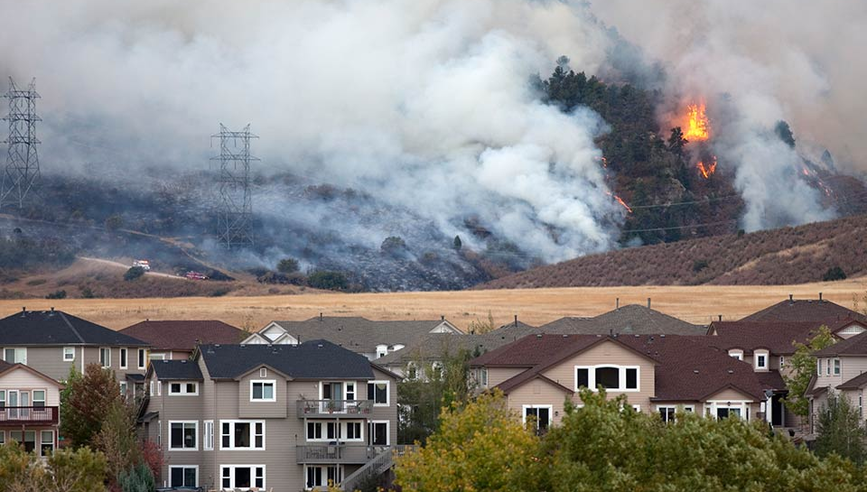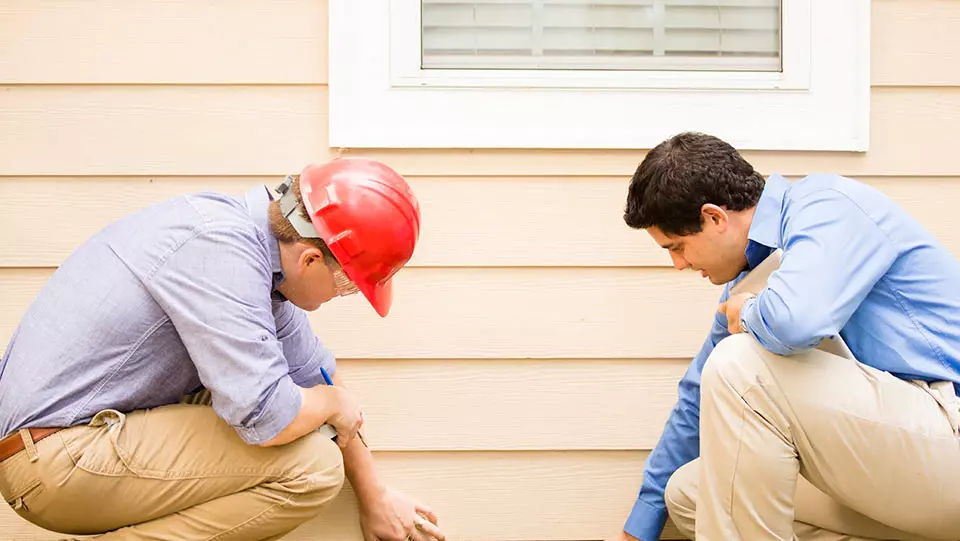How to Help Prepare for a Wildfire


Wildfires can pose particular dangers to both lives and property because they often begin unnoticed and can spread quickly. According to the Insurance Institute for Business & Home Safety (IBHS),1 windborne embers present a significant threat from wildfires and are the primary cause of most building ignitions. Other wildfire threats include radiant heat and direct flame contact.
If you live in an area prone to wildfires, you can help keep yourself, your family and your property safe by taking steps to reduce your risks.
Prepare Your Home for a Wildfire
- Home Maintenance: Keep your home well-maintained by regularly cleaning your gutters of materials that could ignite due to windborne embers and trimming tree limbs that may be too close to your home. Be sure your smoke alarms are working and your fire extinguishers are operational. If you need to evacuate quickly from an upper floor, make sure your home escape ladder is accessible and easily deployed by the person who will be using it.
- Landscaping: Landscape your home with wildfire safety in mind, using fire-resistant shrubs and trees. Rock, stone, crushed concrete, flower beds and gardens can provide ground cover for bare spaces and may act as firebreaks. While there are no “fire-proof” plants, fire-retardant plant species include rockrose, ice plant and aloe. Hedging roses, bush honeysuckles, currant, cotoneaster, sumac and shrub apples are examples of fire-resistant shrubs.2
- Create Zones: Maintain defensible space zones between structures and natural growth that is free of brush, trees and grasses to help keep a wildfire away from your property. Move wood piles away from the home. If you live on a hill, extend the zone on the downhill side, since fire can race uphill quickly.
- Be Prepared: Prepare a survival kit, map out an evacuation plan and create a home inventory of all your belongings. Visit our preparedness timeline to learn more about disaster planning.
- Fire-Resistant Materials: If you are remodeling your home, think about including fire-resistant materials such as non-combustible roofing, soffits, decking and siding and fire-rated glass or fire shutters for windows. Consider evaluating the design and materials used for your home and landscape to see which factors may make your home more susceptible to a wildfire.
As a Wildfire Approaches
- Monitor Conditions: Stay tuned to local news about wildfires in the area, and follow evacuation instructions given by local officials. The U.S. Department of Agriculture Forest Service also publishes large incident maps of fires.
- Practice Your Plan: Review emergency plans with your family. Be sure to designate a meeting place and a check-in telephone number if you are separated during evacuation. Also, make certain that everyone has emergency numbers stored in their mobile phones.
- Prepare, if Possible: If you have time, close windows, doors and blinds and shut off utilities. Open the fireplace damper and close fireplace screens.
- Ready Your Vehicle: Have your car ready to leave at a moment’s notice, with the fuel tank filled and the keys handy. Roll up the windows to keep smoke out.
What to Do During a Wildfire
- Heed Evacuation Instructions: If advised to evacuate, do so immediately. Wear clothing that can help protect you from flying embers, such as a long-sleeved cotton or wool shirt and pants, and take a wet cotton towel or handkerchief to protect your face.
- Follow Your Plan: Take your survival kit and choose a route away from fire and smoke. Follow your evacuation plan and be sure everyone knows where to go and what to do.
How to Respond After a Wildfire
- Await the “All Clear”: Check with fire officials before attempting to re-enter your home. Use caution when entering since fires can re-ignite quickly, even after dying down.
- Check Grounds: Hot spots may include smoldering stumps and vegetation. Check the roof, exterior areas, attic and throughout the house for sparks and embers.3 Continue to check the house for several days following the fire.
- Dispose of Damaged Food or Medication: Discard any food or medication that came in contact with smoke or fire.
For more wildfire safety tips, visit the Insurance Institute for Business & Home Safety® website.
Oregon residents: While you are encouraged to mitigate your property against wildfire risk, it is unlikely to impact your wildfire risk score, which is used to determine eligibility and rating. Community wildfire mitigation efforts may have an impact on your wildfire risk score, which may impact your eligibility and premium.
Sources
1 Insurance Institute for Business & Home Safety, https://www.disastersafety.org/wildfire/
2 CAL FIRE, http://www.readyforwildfire.org/Fire-Resistant-Landscaping/
3 CAL FIRE, http://calfire.ca.gov/communications/downloads/fact_sheets/BeforeDuringAfter.pdf



